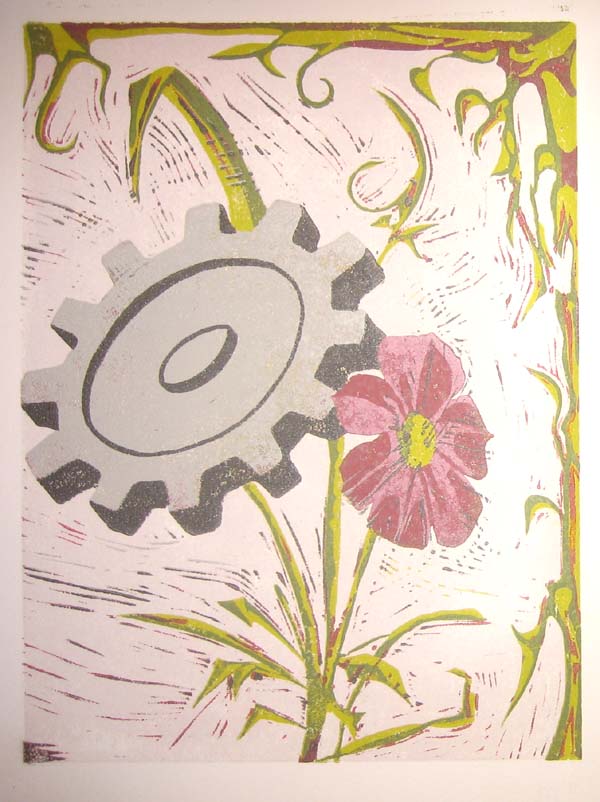In this series of posts I am discussing the web as an art form, and what exactly that might mean. Feel free to check out the previous posts in this series:
In this and the next couple posts, I will be continuing to discuss particular aspects of the internet that may help show how web art can be different than any other artistic medium.
Users interact with a website, and therefore, the Art
At the most basic level, user interaction has been part of the web from the beginning. Even the earliest web pages required the user to input URLs, and click on links to navigate. Any piece of web art is going to rely on user interaction to at least this degree.
User interaction has taken on a whole new meaning with newer web sites and applications, dubbed as a whole as Web 2.0. Websites and features are much more interactive than they were in the past, as web programming has allowed programmers to write code for much richer and interactive sites.
User interaction can take on a new level with web art, where in the viewer can have a fundamental role in creating the art and its presentation.
Referring back to the programming nature of web art, the user has two roles he can take with respect to the art: he can supply data to the program, and he can give instructions to the program.
Supplying data into a program can be as simple as entering a word into a text field, the user’s name, for instance. The program can then store and manipulate the data. It can use it then, right away, or it might store it away for use later on in the experience. The ability to store and hold on to data is fairly unique to programming, though fundamentally it works like Mad Libs.
With Mad Libs, the user is prompted to enter nouns, verbs, adjectives, etc. When the user is done randomly generating these words, a story is created, using these words to fill preassigned places in the text. Hilarity ensues.
Programs have the ability to do this, but to a much greater degree. Data can be entered, stored, manipulated, and outputted. All along the way, any number of things can be done with this bit of data. This is again one of those things where the options are so vast, that it is nearly impossible to describe just what is possible.
The second fundamental role the user takes is to supply instructions to the program. The actual action is very simple, and usually consists of clicking on links or buttons, and scrolling with the mouse. The results of these actions are up to the program to determine.
At the heart of instruction is choice, and that is what the web site is fundamentally getting from the user. When ever an instruction is made, a choice is made. After a choice is made by a user, the experience is guided, to at least some degree, by the user. This choice is at the heart of interaction.
When the user is given this ability to decide what the work of art will do, the artist loses some control over the final work of art. Taken to the most extreme degree, the work of art could end up as just a set of tools that allows the user to create the art themselves.
An implication of this is that every instance of the work of art may be a collaboration between the artist and the viewer. One work of art can take on many meanings based on the input and direction the user gives the program.
Taken to an even greater extreme, since a program can by nature store information, the choices and input that one viewer makes can be stored and carried on to the next viewer. The art can continually evolve and change as each viewer gives their own input and instructions.
A virtual canvas where everybody has the opportunity to paint one mark on the canvas, which is then saved and built upon by the next viewer is an example of how this may function.
Coming Next:
In the next post, I will discuss two more aspects of web art, control of time, and user variation.

